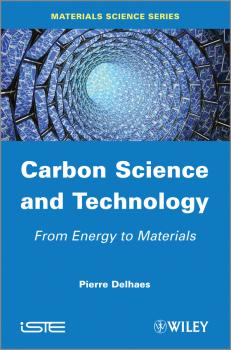ТОП просматриваемых книг сайта:
Pierre Delhaes
Список книг автора Pierre DelhaesАннотация
A thermodynamic system is defined according to its environment and its compliance. This book promotes the classification of materials from generalized thermodynamics outside the equilibrium state and not solely according to their chemical origin. The author goes beyond standard classification of materials and extends it to take into account the living, ecological, economic and financial systems in which they exist: all these systems can be classified according to their deviation from an ideal situation of thermodynamic equilibrium. The concepts of dynamic complexity and hierarchy, emphasizing the crucial role played by cycles and rhythms, then become fundamental. Finally, the limitations of the uniqueness of this description that depend on thermodynamic foundations based on the concepts of energy and entropy are discussed in relation to the cognitive sciences.
Аннотация
It is well known that solid carbons can be found in various guises with different forms of bulk phases (graphites, diamonds and carbynes) as well as more molecular forms (fullerenes,nanotubes and graphenes) resulting from recent discoveries. The cause of this rich polymorphism is analyzed in the first part of this book (chapters 1-5) with the propensity of carbon atoms for forming different types of homopolar chemical bonds associated with variable coordination numbers. Precursor organic molecules and parent compounds are also described to establish specific links with this rich polymorphism. Then in a second part (chapters 6-10) a comparative review of the main classes of bulk physical properties is presented. This approach emphasizes in particular the electronic behavior of (pi) polyaromatic systems organized in plane and curved atomic sheets. Finally in a third part (chapters 11-15) the surface and interface characteristics are introduced together with the texture and morphology of these multiscale carbon materials. An overview of the main field of applications is related showing the large use and interest for these solids.
Аннотация
Carbon solids have been utilized by man since prehistoric times, first as a source of heat and then for other purposes; these are used as key markers for different civilizations. The essential role played by the use of coal mines during the industrial revolution as a main source of energy is a crucial point, which was then expanded through the development of carbochemistry. This book begins by describing the use of solid carbons as traditional materials, for example in the steel industry and for ceramics, then moving on to their technological uses such as active carbons and carbon fibers, etc., before discussing nanocarbons, the jewel in the crown of contemporary technological science. The final chapter analyzes the current economic and social impact of carbon solids.



